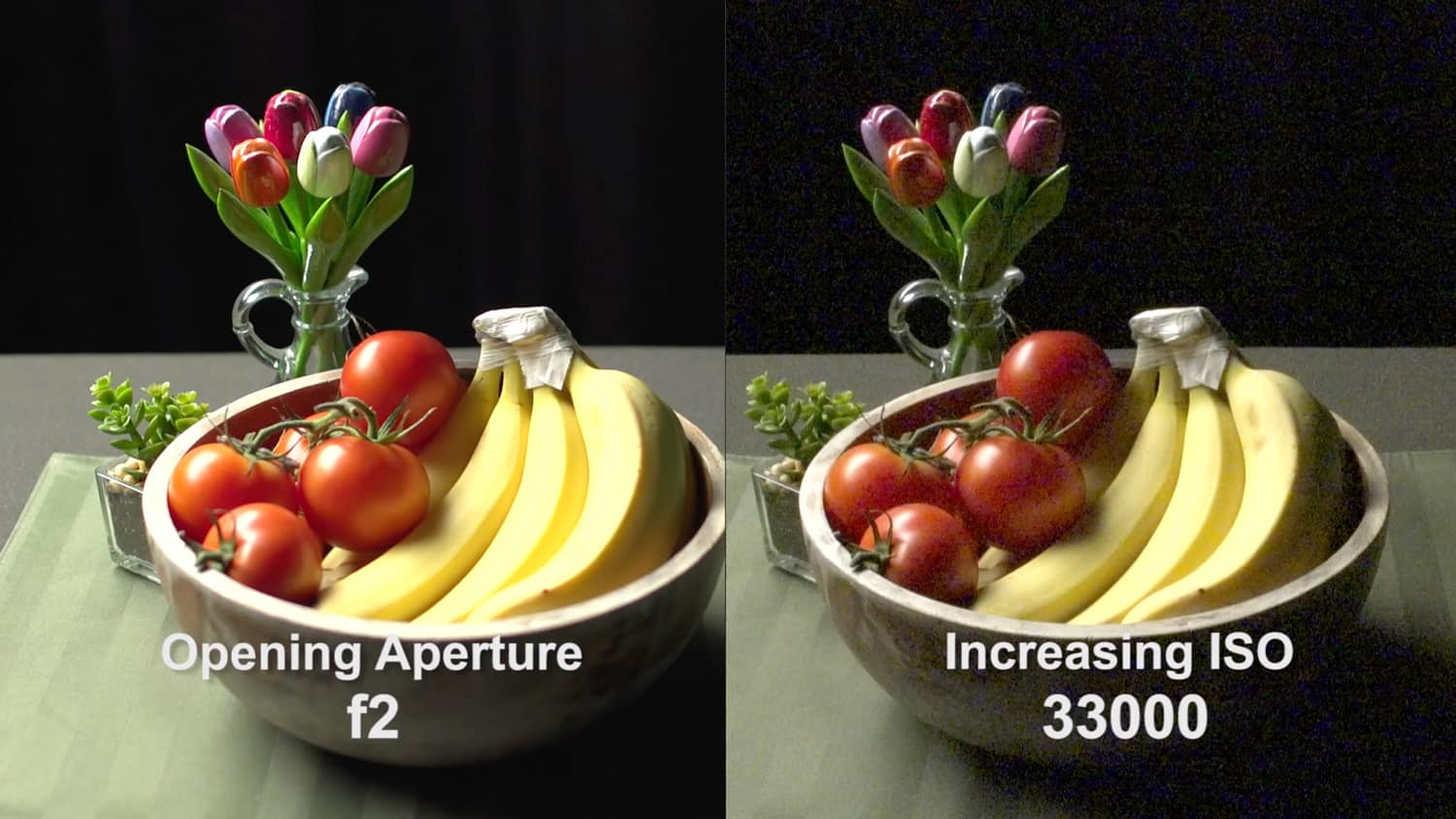We are excited to announce an all new lesson, Imaging Sensor and ISO. The imaging sensor is the heart of the camera system. It converts light into the electrical signal that becomes the image we see on screen. But understanding how it works and its limitations will help you improve your cinematography.
This lesson is jam-packed with tips on how to get the most out of your camera by understanding how photosites convert light into an electrical signal, bayer patterns, chip sensitivity, and working with dual ISOs. Emmy-winning cinematographer Jason Tomaric teaches you the secrets of top cinematographers, including:
- What is an image sensor and it works
- The difference between CCD and CMOS sensors
- How photosites convert light into an electrical signal
- How the bayer pattern works
- How codecs and RAW files work
- Camera bit depths and how compression works
- How the bit depth affects the number of shades captured by the sensor
- How film sensitivity affects the ISO
- How to use ISO when exposing a shot
- Working with dual ISOs in Rec709 and Log curves
- How to work with gain to maximize image quality in low-light situations
This lesson includes:
- 20:25 video
- Illustrated supporting text
This lesson is available in:
- The Camera and Lens Course
- Build Your Own Course – 5 Lessons
- Build Your Own Course – 15 Lessons
- FilmSkills Unlimited


